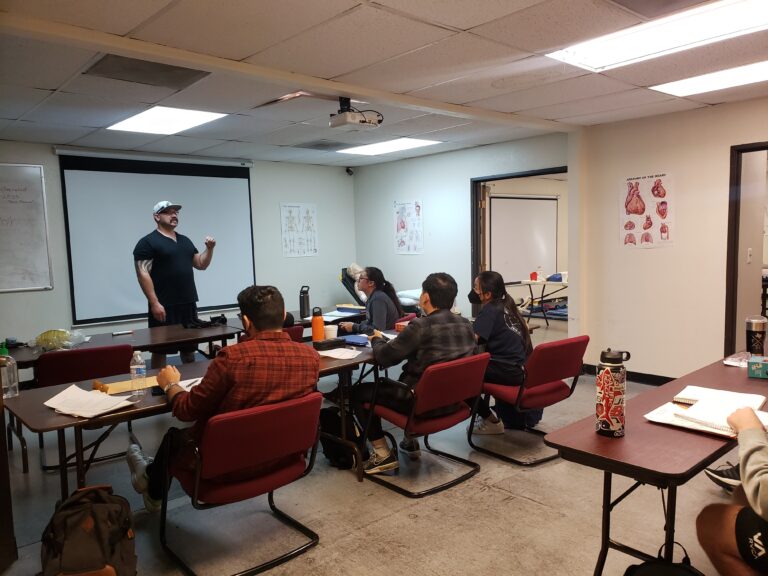
Most states require emergency medical technicians (EMTs) to complete refresher training every two to three years in order to maintain their certification. This requirement is put in place to ensure that EMTs stay current with the latest techniques and protocols in emergency medical care.
It is important as an EMT to keep abreast of the changes taking place in the field of emergency medical services so that you can deliver the highest possible quality in the field. This will make a difference in your community as well as set a good example for other providers. The scope of practice for EMTs is always changing and more techniques are added every year in various states.
Some of the latest techniques that emergency medical technicians (EMTs) use include:
-
Advanced airway management techniques, such as the use of supraglottic airways and video laryngoscopy, to help ensure that patients are able to breathe properly in emergency situations.
-
The use of point-of-care ultrasound, which allows EMTs to quickly and accurately assess a patient’s condition, such as by checking for fluid in the lungs or identifying a potential heart attack.
-
The use of telemedicine, which allows EMTs to consult with doctors and other medical professionals remotely in order to receive guidance and support during emergency situations.
-
The use of new medications and treatments, such as tPA (tissue plasminogen activator) for stroke patients and naloxone for opioid overdoses, to help improve patient outcomes in emergency situations.
-
The use of new technology, such as wearable defibrillators and remote monitoring devices, to help EMTs provide better care to patients in the field.
Overall, the latest techniques and technologies used by EMTs are designed to help improve the quality and effectiveness of emergency medical care. These techniques can help EMTs better diagnose and treat patients in emergency situations, and can ultimately help save lives.
The specific requirements for refresher training may vary depending on the state, as well as the type of EMT certification that an individual holds. For example, some states may require more frequent refresher training for advanced EMTs, who have more extensive training and are able to perform a wider range of emergency medical procedures.
EMT refresher courses are typically offered by local hospitals, fire departments, or other emergency medical service (EMS) agencies. These courses may be held in a traditional classroom setting, or they may be offered online for those who prefer to complete their training at their own pace.
If you are an EMT, it is important to check with your state’s EMS agency to determine the specific requirements for refresher training and to make sure that you are meeting those requirements in order to maintain your certification.